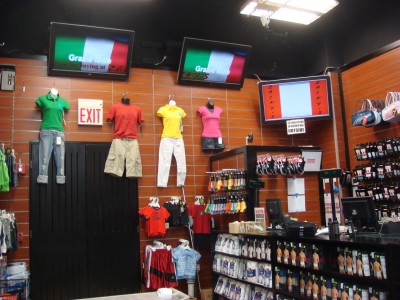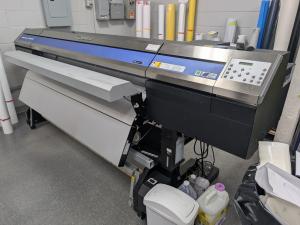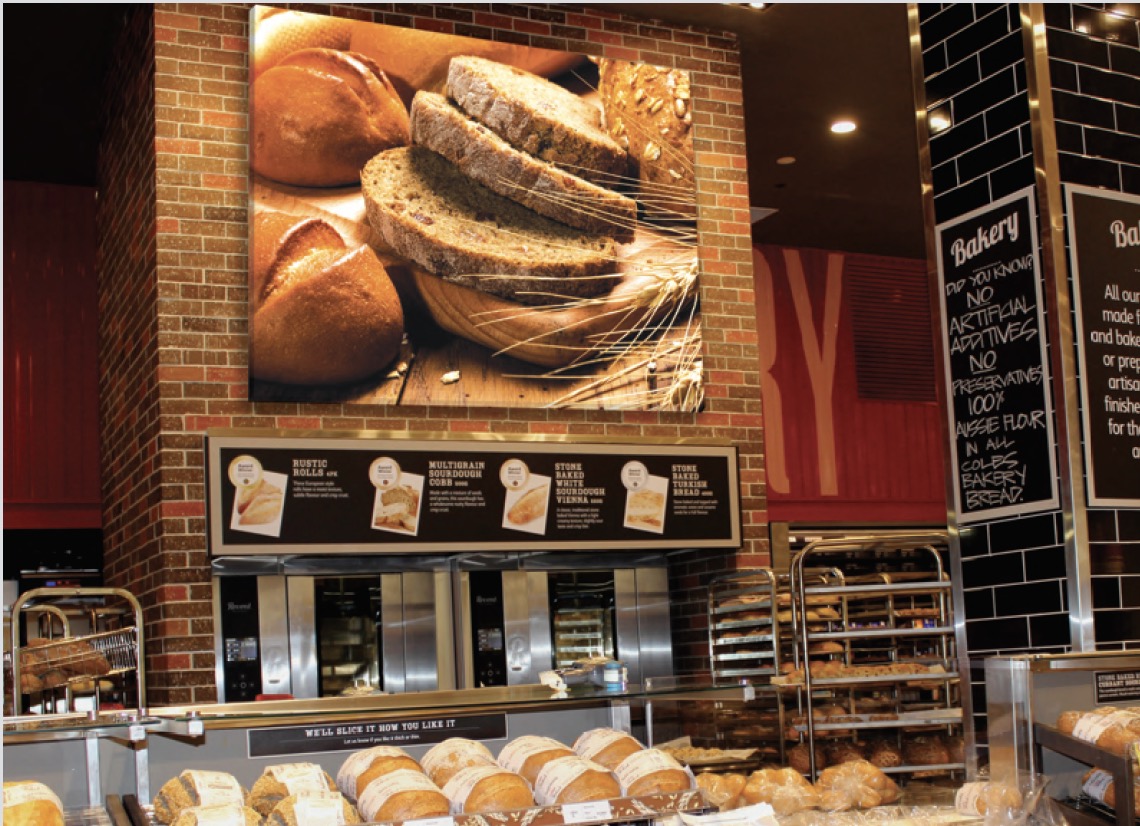Measuring the advantages of dynamic retail displays

Measuring success
There are several ways to measure the success of a retail digital signage network. A store’s point-of-sale (POS) system, for example, will show whether or not there is an increase in sales as a result of digital signage content.
Another measure of success is finding related savings. Sendik’s Food Markets, for example, have used digital signage to eliminate the outsourced printing of in-store signs, where costs had been rising and the process was becoming more arduous to manage. The grocery chain had found its sales were nearly over by the time the printed signs were delivered and installed. Digital signage allowed the shipping and in-store labour costs to be avoided altogether. And store item prices can now be updated in minutes, in line with market pressures.
Other new methods for effectively measuring the impact of retail digital signage are coming to the forefront. Semiconductor chipmaker Intel and a host of software companies have developed audience measurement systems, which collect aggregate data about the people looking at digital signs. By tracking what element capture their attention, along with their buying habits, this process can help the retailer determine which content is right to run where and what level of interactivity will favourably affect the bottom line.
If a retailer knows, for example, teenage girls are its biggest in-store audience between 3 p.m. and 5 p.m. on weekdays, then it can better tailor its digital signage content during those hours to those girls’ needs, using more of a one-to-one marketing relationship to help maximize opportunities for them to make purchases.
Such knowledge and technological capabilities are paving the way for retailers to succeed in driving sales further in the future.
Richard Ventura is director of vertical solutions sales for NEC Display Solutions. For more information, contact him via e-mail at rventura@necdisplay.com or visit www.necdisplay.com.






